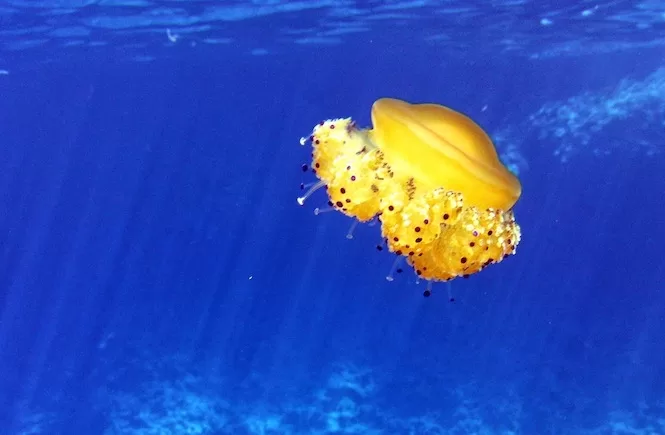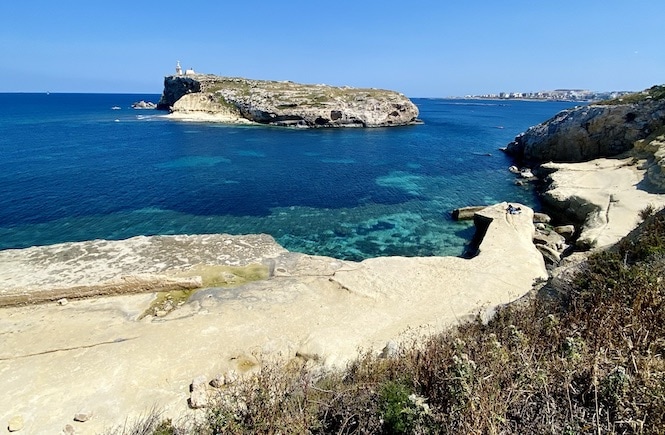Just a quick heads up – some of the links I share on this site are affiliate links. That means if you click on one and make a purchase, I may earn a small commission at no extra cost to you. Your support through these links helps me create valuable content.
Malta in January offers a serene and authentic island getaway, perfect for those seeking a more relaxed atmosphere. The summer crowds have dissipated, leaving behind a peaceful environment ideal for exploration. But, the weather can be unpredictable, so it is crucial to prepare for your trip.
Having lived in Malta since 2011, I’ve experienced the nuances of January weather. Here’s what you can expect and how to make your winter visit unforgettable.
What to Expect from January Weather
January in Malta brings gentle winter temperatures, a welcome change for those escaping colder climates. Daytime temperatures range from 15-17°C (59-63°F), while nighttime temperatures dip to around 10-12°C (50-54°F). Although these temperatures might feel cool to locals, they’re often pleasant for visitors from cooler regions.
January sees more rainfall, with the islands getting around 89 mm spread over 10 rainy days. Although storms do occur, they’re usually short-lived and often give way to clear skies.
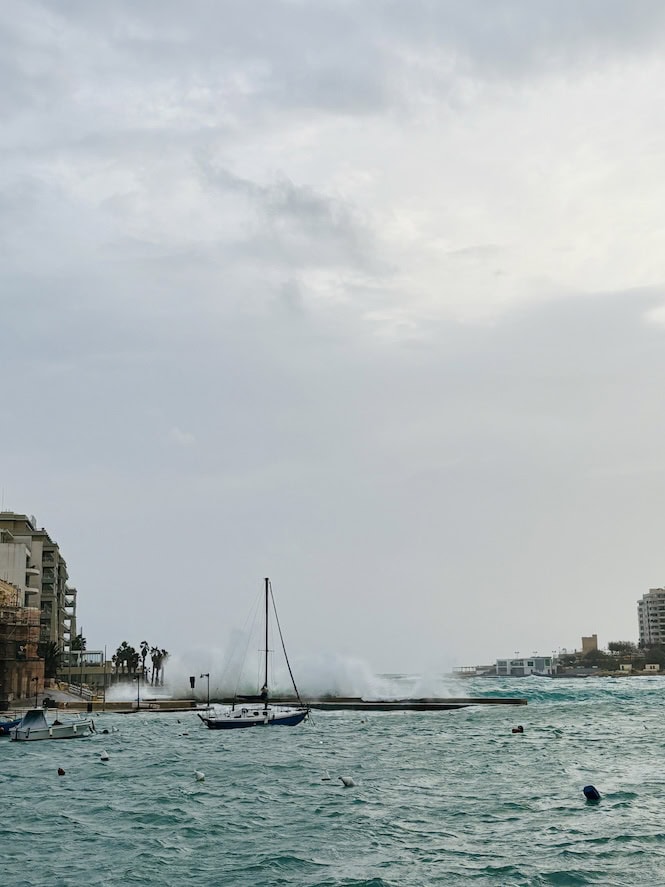
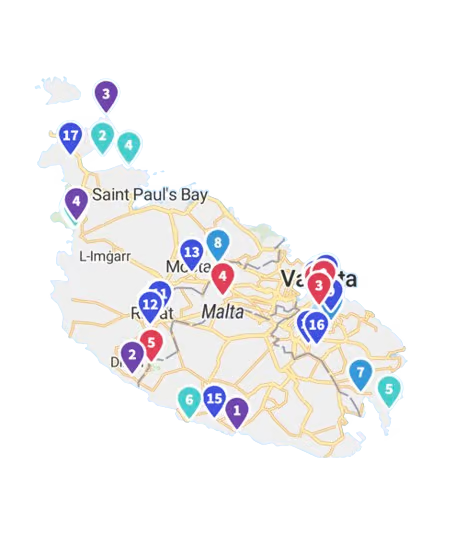
Get a FREE Attractions Map
Planning a trip to Malta, Gozo, or Comino? Get this free interactive map filled with insider tips, Google Maps links, and more.
Despite the higher chance of rain, Malta gets a lot of sunshine in January, with 5-6 hours of sun per day on average. The weather can change quickly throughout the day, making for a mix of different conditions.
The sea temperature remains relatively warm, averaging about 17°C (63°F). While this might be too cold for extended swims, brave souls can still enjoy quick dips on sunnier days.
What to Pack
To make the most of Malta’s January weather, pack versatile clothing that allows for layering:
- Waterproof jacket or coat
- Warm sweaters or fleeces
- Long-sleeved shirts and t-shirts for layering
- Comfortable, waterproof walking shoes
- Umbrella (preferably windproof)
- Scarf for cooler evenings
- Swimwear and a quick-dry towel (for the adventurous)
- Sunglasses and sunscreen (the winter sun can still be strong).
Activities and Experiences in January
January’s milder temperatures and fewer crowds create ideal conditions for exploring Malta’s rich history and natural beauty:
Explore Historical Sites: With cooler temperatures and fewer tourists, January is perfect for visiting Malta’s numerous historical attractions. The ancient city of Mdina, a walking tour in Valletta, and the prehistoric Ħal Saflieni Hypogeum are all more enjoyable without summer crowds and heat.
Hiking and Nature Walks: The cooler weather makes January ideal for exploring Malta’s countryside and coastal paths. The Dingli Cliffs and Għar Lapsi offer stunning views and invigorating walks. Check out my guide to the best hikes in Malta and coastal hikes in Gozo.
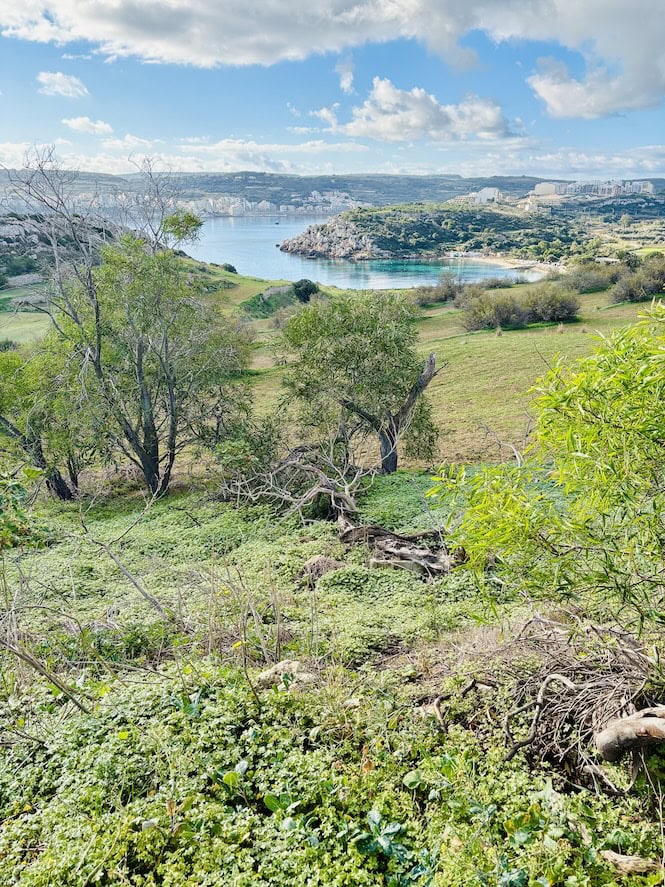
If you want to understand Malta’s history well, take a walking tour in Valletta. Look at my guide for the best Valletta walking tours.
Take a boat ride to Comino: The Blue Lagoon in winter is as beautiful as in summer and worth a visit if the weather is good. The tours operate all year long. For the best tours, check out my guide.
Cultural Events: Valletta’s Baroque Festival is held annually in January, this festival celebrates Baroque music in historic venues across Valletta.
Museum Hopping: Take advantage of quieter times to visit museum. Check out my guide to the top historical places in Malta.
Culinary Experiences: Winter is the perfect time to indulge in hearty Maltese cuisine. Try traditional dishes like stuffat tal-fenek (rabbit stew) or soppa tal-armla (widow’s soup) in cozy local restaurants.
Scuba Diving: Malta is a year-round scuba diving destination. The waters are clearer in winter, offering better visibility.
Take a day trip to Gozo: Visit the Ġgantija Temples, Citadel, or hike around the picturesque Dwejra Bay in Gozo.
Navigating Rainy Days
While rain is more common in January, it shouldn’t disrupt your plans. Here are some tips for making the most of rainy days:
- Keep flexible itineraries, ready to swap outdoor activities for indoor ones if needed.
- Use rainy periods to explore Malta’s charming cafes and restaurants.
- Visit indoor attractions like the Lascaris War Rooms, Casa Rocca Piccola in Valletta, or other museums.
- Consider a spa day at one of Malta’s luxury hotels for ultimate relaxation.
Also, check out this guide on things to do when it rains.
Making the Most of January’s Sun
When the sun breaks through, seize the opportunity:
- Take a stroll along the Sliema promenade or Valletta’s waterfront.
- Visit the Upper Barrakka Gardens in Valletta for panoramic harbor views.
- Explore the charming fishing village of Marsaxlokk, especially on Sunday when the fish market is in full swing.
- Consider a day trip to Gozo, Malta’s sister island, which offers a more rural and tranquil experience.
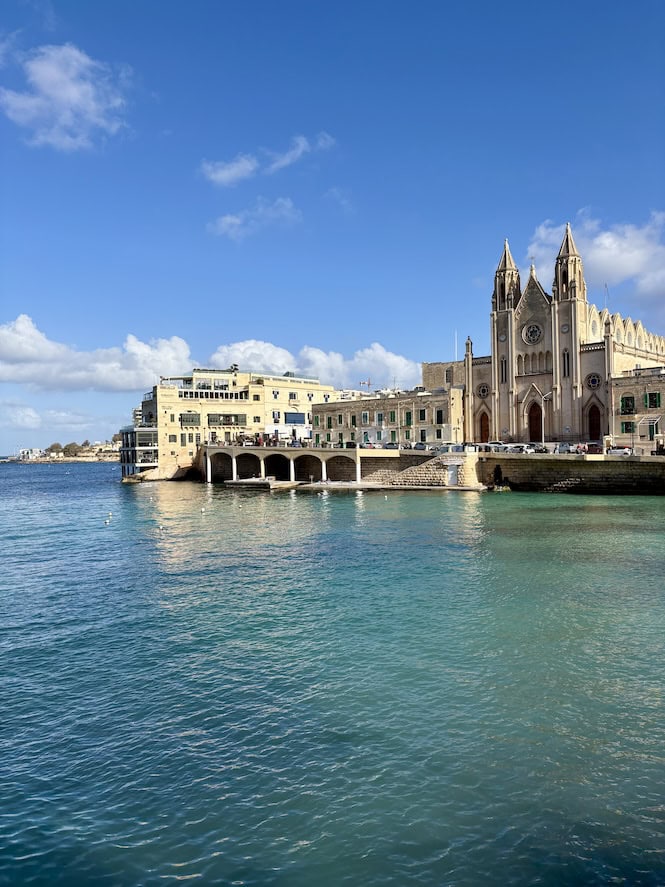
Transportation Tips
Rental cars offer flexibility during winter. Roads are less busy, and parking is easier than in summer.
Buses run regularly but might face delays during heavy rain. Build extra time into your schedule.
Need advice on renting a car in Malta? Here’s my guide with insider tips on everything you need to know.
Accommodation Advice
Book accommodations with air conditioning to use for heating. Many Maltese buildings retain cold in winter. If you stay in vacation rental apartments or farmhouses, it can be quite cold inside because there is no central heating. Make sure you book a place with air conditioning so you can warm up. Also, take a jumper or scarf to stay warm.
Crowds and Tourism
January is a wonderful time to visit Malta, as it’s part of the low season. This brings several great benefits:
- You will find fewer tourists around, which means shorter queues at popular attractions and more room to enjoy the islands’ stunning sights.
- You can also take advantage of lower flight prices.
- Plus, you’ll have a chance for a more authentic experience and more opportunities to connect with the friendly locals.
Just keep in mind that some beachside spots may be closed for the winter.
January shows a different side of Malta. While the weather may challenge you at times, it also opens the door to unique experiences.
Pack wisely, stay open to changes in your plans, and enjoy the quiet beauty of winter. You’ll discover parts of Malta that many summer visitors miss.
Don’t forget to check the local weather forecasts each day. Winter weather can change quickly, but with a little preparation, you’ll find that January in Malta has its own special charm waiting for you!

